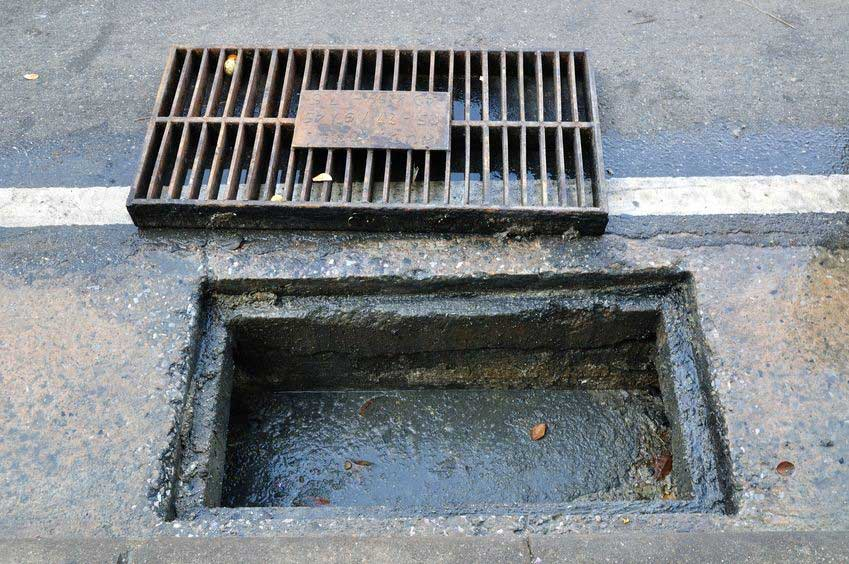Modern cars are incredibly reliable and breakdowns are rare compared to previous eras. There are some areas that are more likely to cause problems than others, however.

Among the most common faults, according to the AA, are electrical issues with batteries, starters, plug leads and alternators. Cooling system problems are less common, but they can be inconvenient, so it is good to know the signs that you have a problem with your radiator or issues with its ancillaries.
The puddle test
In the past, it was quite common for cars to drip some kind of fluid when parked. These days, it’s rarer, so a puddle of liquid under the vehicle or in your parking space after you drive away indicates a problem. If it’s black and sticky, it is probably oil leaking from around the sump plug. On the other hand, if it’s thin and a bright colour – green or pink are most common – it is most likely coolant. This will usually also have a sweet smell.
Bear in mind that the pool may not be exactly under the leak. Coolant tends to flow along other components before dripping off, so the leak could be coming from the radiator or water pump or a coolant hose even if it appears to be under the engine or gearbox.
Other signs
Even if you don’t notice fluid under the car, there are other signs you may have a problem. A low level of fluid in the expansion tank under the bonnet is one. Small changes are normal, but a sudden drop is cause for concern, so this is something to check regularly. If you notice the temperature gauge rising in traffic, this could also be a sign that the coolant is low.

The hoses connecting the radiator to other components can perish or chafe over time, leading to leaks. Replacing them with silicone hoses from a supplier like https://www.goodflexrubber.com/pages/silicone-hose-manufacture can fix the problem and ensure a long life.
In older cars, the radiator may have corroded, so look for visible signs of rust. There are products that allow you to make a temporary repair, but corrosion or stone damage will usually mean a new radiator is needed at some point. It’s best to replace the hoses to guard against problems.



